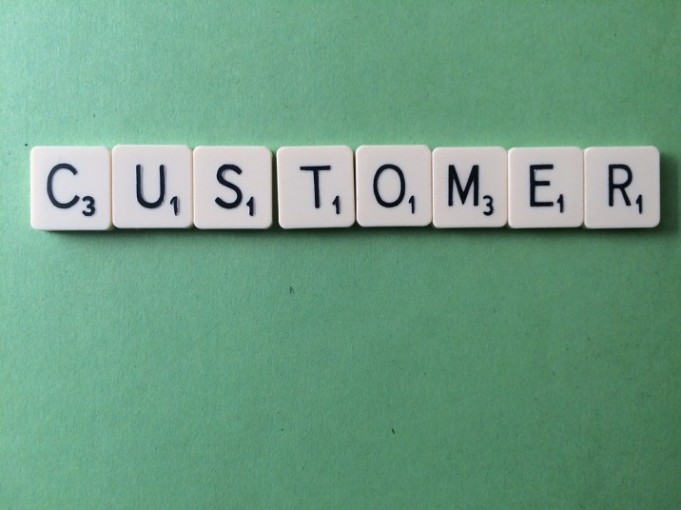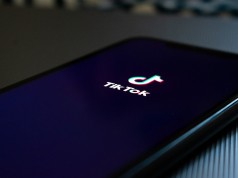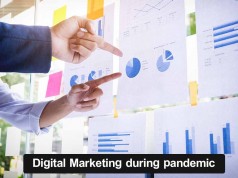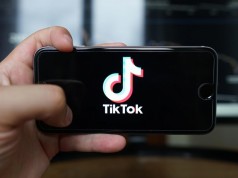Mary Meeker’s renowned annual Internet Trends decks have been providing industry insights and data heads since 1995. A study that examined marketing priorities released a wealth of data around e-commerce, including hints of possible market saturation. What marketers can learn about customer acquisition was the corresponding rise in online advertising spends. This rising reliance on paid audience generation has major blind spots that are detrimental to the efficiency of marketing budgets.
What Marketers Learn about Customer Acquisition ?
E-commerce sales are up but growth is slow
The trending numbers on US e-commerce validate the feelings of a lot of leading retailers; total year-over-year sales are increasing. The growth rate has fallen sharply in recent years, so it’s no surprise to retailers, and physical retail is moving at a snail’s pace. This places huge importance on growing the e-commerce segment, but there’s a risk in focusing primarily on audience acquisition. It would be impactful on the industry if the five-percentage-point-decline trend continued.
Increased audience spending
It should come as no surprise that one area enjoying enormous growth is online advertising spending. Google and Facebook have a clear lead here, and Twitter, and Snapchat are growing quickly. Much of this is due to online advertising channels; each brings with it highly targeted machine learning strategies.
Shifting marketer’s focus
At first, this data appears to paint a bleak picture: a saturated market where the cost of bringing in new audiences is growing. What marketers can learn about customer acquisition, is that overall growth is slowing. However, there is a huge opportunity for savvy marketers on designing owned property that improves acquisition cost metrics, and going beyond the table stakes of segmenting paid inbound audiences.
Increasing yield from paid channels
This data becomes even more valuable as the impact of personalized sessions has on referral channels. Also, Facebook referral data gave us a really compelling case for strategic personalization. In our data set, it was at a 1% conversion rate compared to an overall average of 1.7%. A series of personalized pages led to dramatic changes: conversion rates were 5X better and Facebook went to the highest. This tells us what could initially be a low-performing channel may in fact be an unoptimized top-performer.
Key takeaways
The trends in Mary Meeker’s insights, is that there are signs that e-commerce growth may be beginning to stagnate through increased competition. And with huge pressure to make up physical retail losses, marketers are naturally going to be hyper-focused on customer acquisition. The huge opportunity area is in leveraging holistic yield at a far higher rate being spent on acquisition. Marketers should be personalizing beyond key site pages and thinking as a pervasive, consistent strategy that increases value.
Acquiring new customers is a major priority, and most marketers must place an emphasis on data, and the lifetime value of customers. The importance of acquisition spans across all types of business models and marketing strategies.









